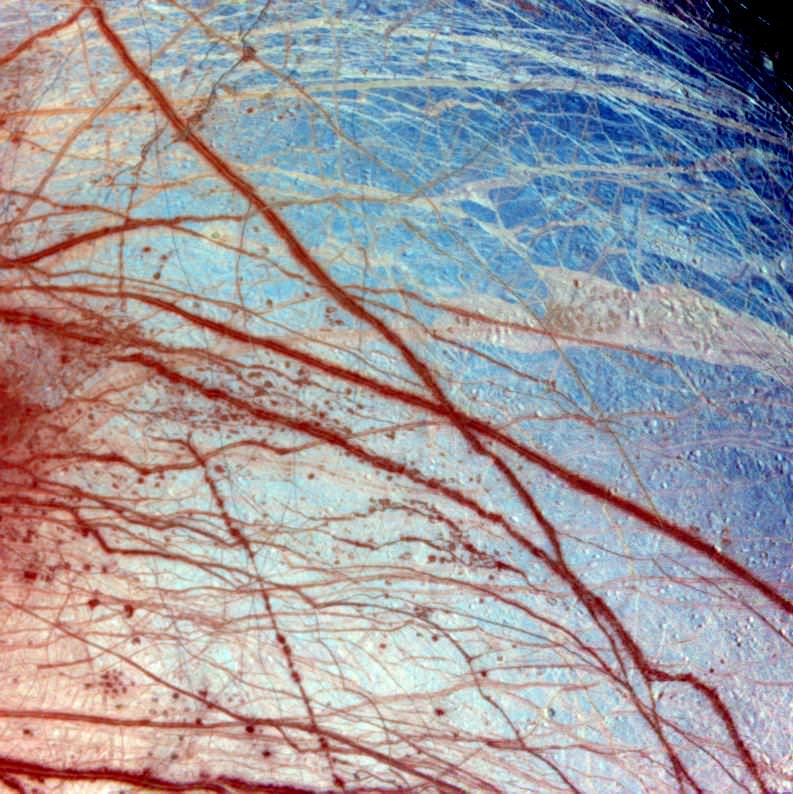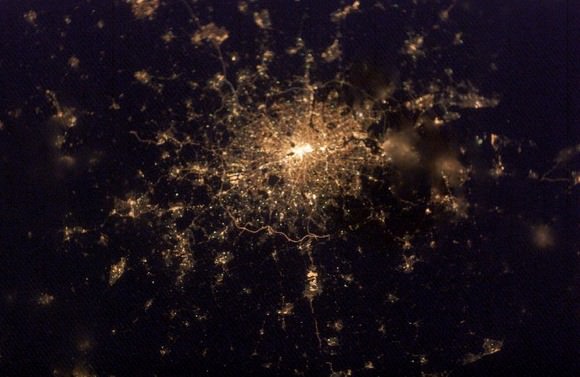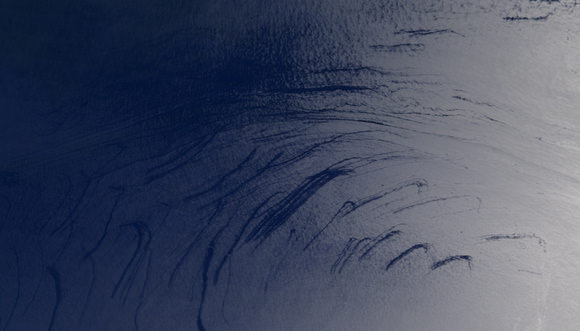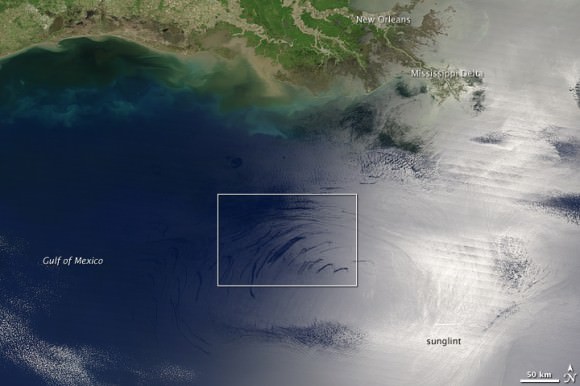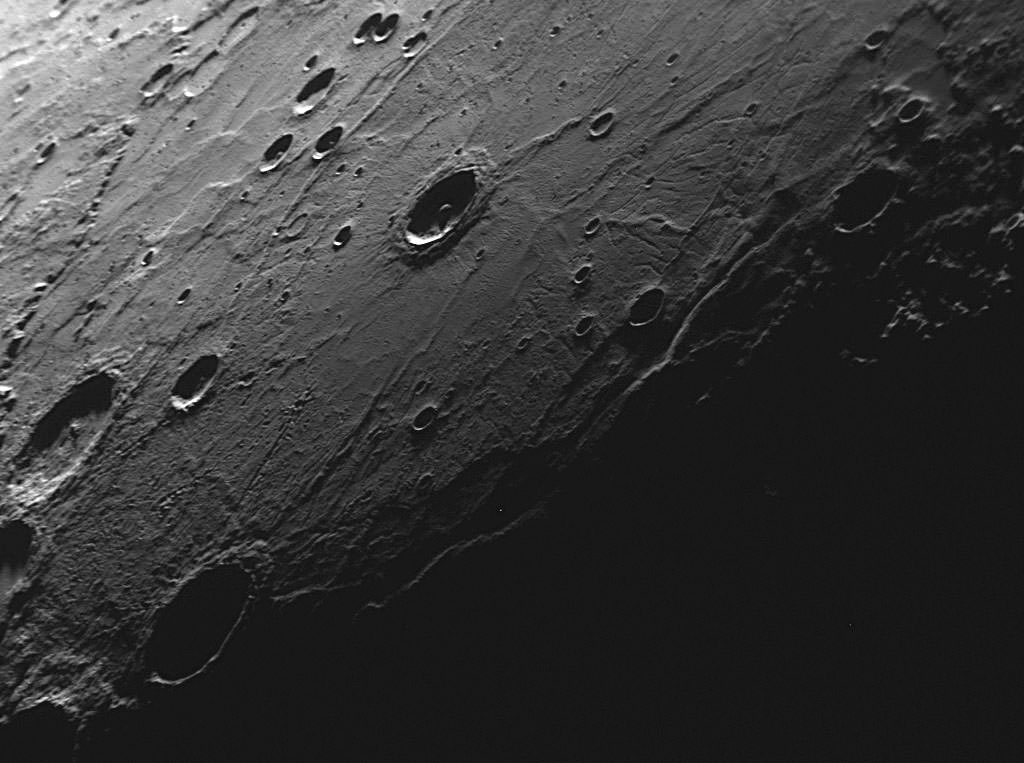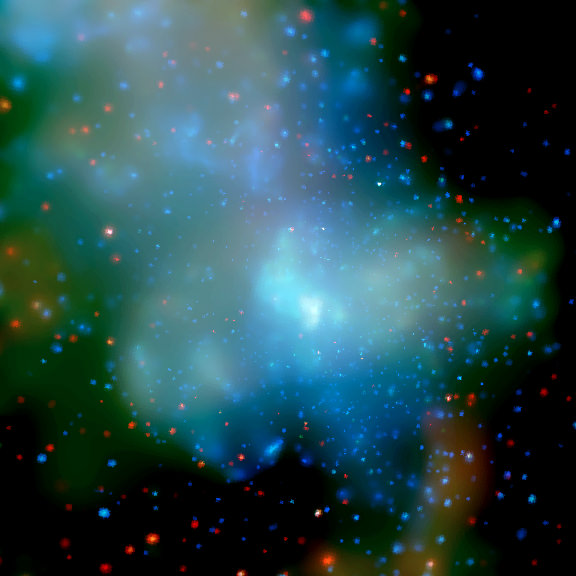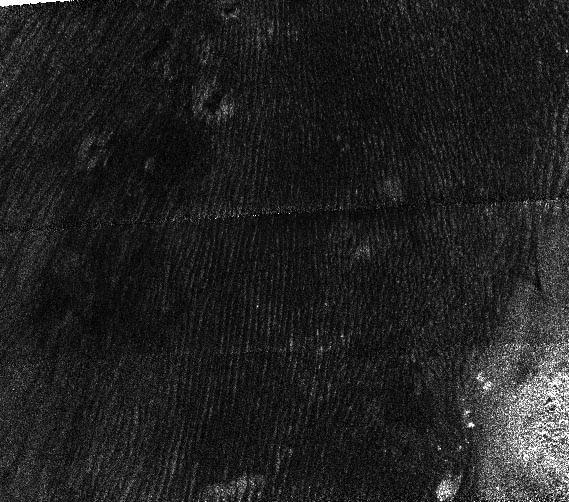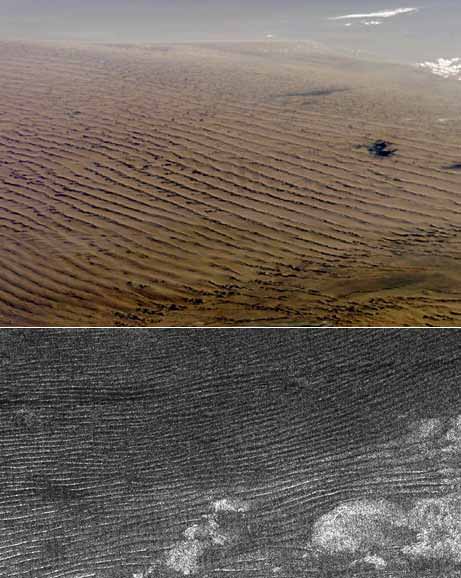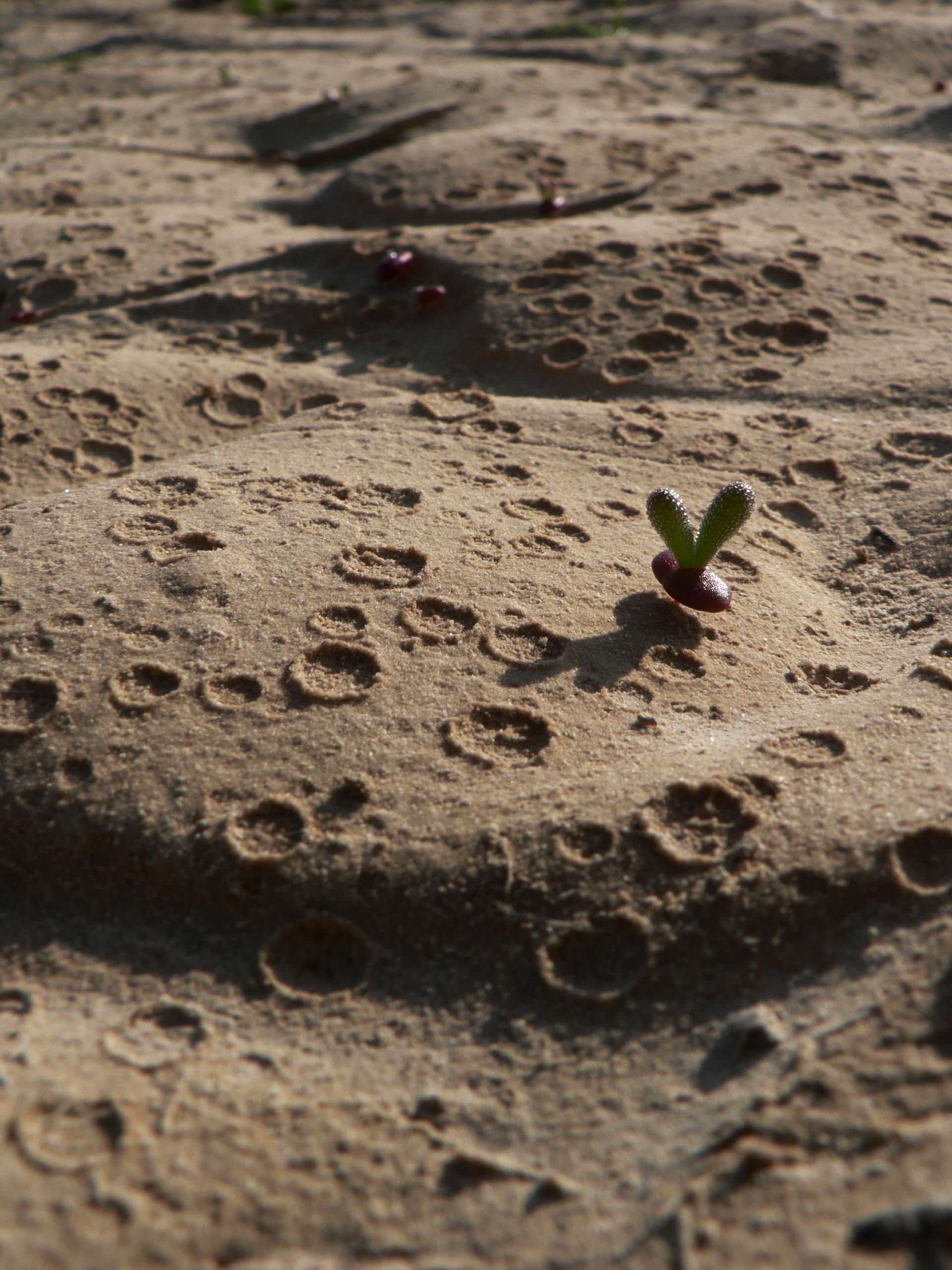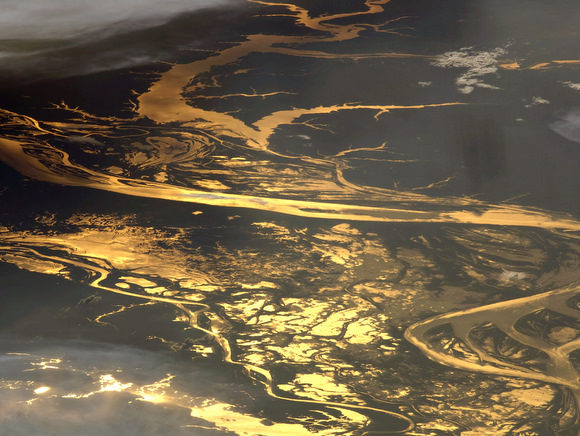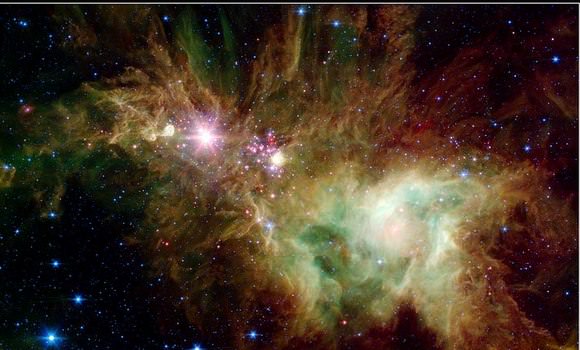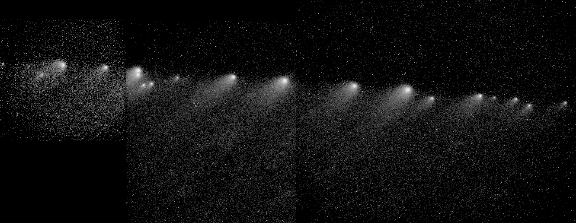It’s Wednesday, so that means its time for another “Where In The Universe” challenge to test your visual knowledge of the cosmos. See if you can name where in the Universe this image is from, and give yourself extra points if you can name the spacecraft responsible for the image. Make your guess and post a comment. Check back sometime on Thursday to find the answer and see how you did (and yes, I’ll try to remember to post the answer in a timely fashion this week!)
UPDATE: The answer has now been posted below.
Pretty much everyone said this was Europa, and guess what, you’re right! This highly detailed image of Jupiter’s moon Europa was taken by the Galileo spacecraft. It’s a processed image to show the differences in materials that cover the ice. The red linear features are cracks and ridges that stretch for thousands of kilometres across the moon’s surface, resulting from tides raised by the pull of Jupiter. The mottled red terrain shows areas that have been disrupted and where ice blocks have moved around. The red material is thought to be a non-ice contaminant, such as salts brought up from the ocean thought to lie beneath Europa’s icy shell. Image: NASA/JPL/University of Arizona.
Great job everyone, and check back again next week for another WITU Challenge!

